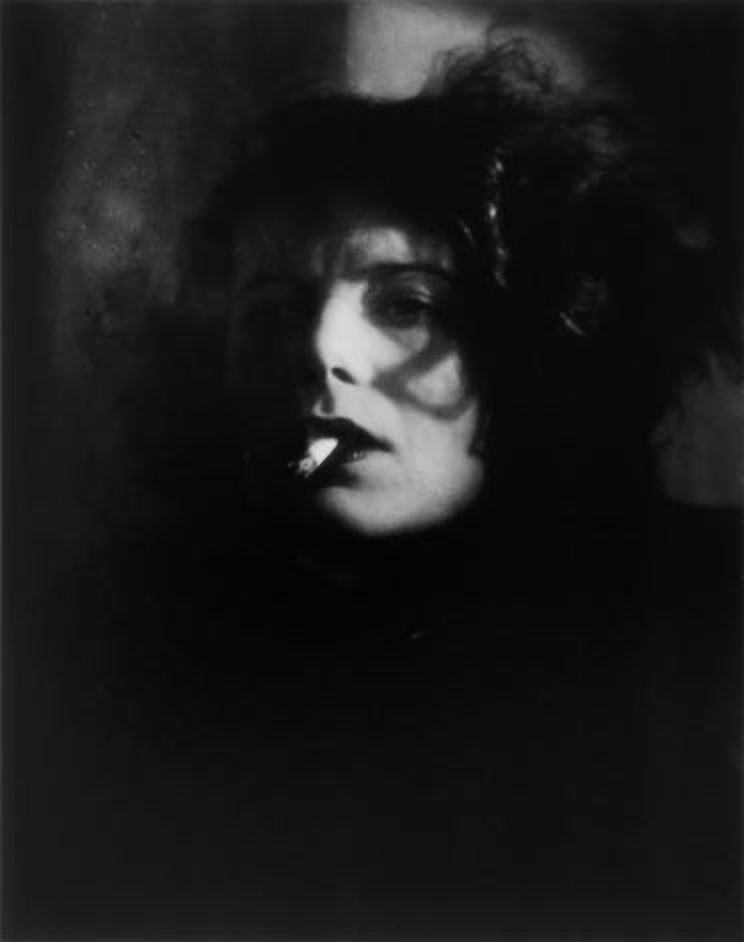Name Iwata Nakayama | Role Photographer | |
 | ||
Died 1949, Ashiya, Hyogo Prefecture, Japan | ||
Iwata Nakayama (中山 岩太, Nakayama Iwata, August 3, 1895 – January 20, 1949) was a Japanese photographer.
Biography
Nakayama was born in Yanagawa, in Fukuoka (Japan). His father was an inventor who held a patent of a fire extinguisher. Iwata moved to Tokyo and was educated in a private school Kyohoku-Chūgakkō. After graduating from that school, he entered Tokyo University of the Arts as a first student of its photography course. After learning artistic and commercial techniques there, he moved to the U.S. in 1918 as an overseas student of California State University, sent by Japan government. However he quit studying and began to work at a photo studio run by Tōyō Kikuchi (菊池東陽) in New York City. With his practical skills, he established his own studio, Laquan Studio, in New York.
Nakayama succeeded as an artisan, and traveled around Europe with his wife Masako (正子) and his son Iwao (巖). He stayed in Paris and he came to know Man Ray and László Moholy-Nagy and their works (but he wrote that he didn't follow their style). And he and his family went back to Japan in 1927.
After getting back to Japan, he began to work as a professional photographer in Kobe and drove Japanese Avant-garde Photo Arts. He associated Ashiya Camera Kurabu (芦屋カメラクラブ) and educated some his juniors. And released some works in the magazines Asahi Camera, Nihon Shashin Nenkan(日本写真年鑑) and so on. Furthermore, he made one of the first commercial montage photography in 1930.
In 1932, he, Yasuzō Nojima and Nobuo Ina published their monthly magazine Kōga (光画). This magazine was a critical turning point of Japanese artistic photography. Nakayama was a pioneer of Japanese avant-garde photography and inspired many Japanese photographers through his those works.
During World War II, he couldn't work to the full. His works became more and more abstract. The War over, he resumed his professional work and creating new artistic pieces, but in 1949, he suddenly died (at 54). It was just a few days after he was selected as a trustee of the Japanese Photography Association.
